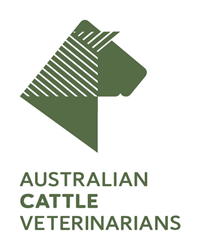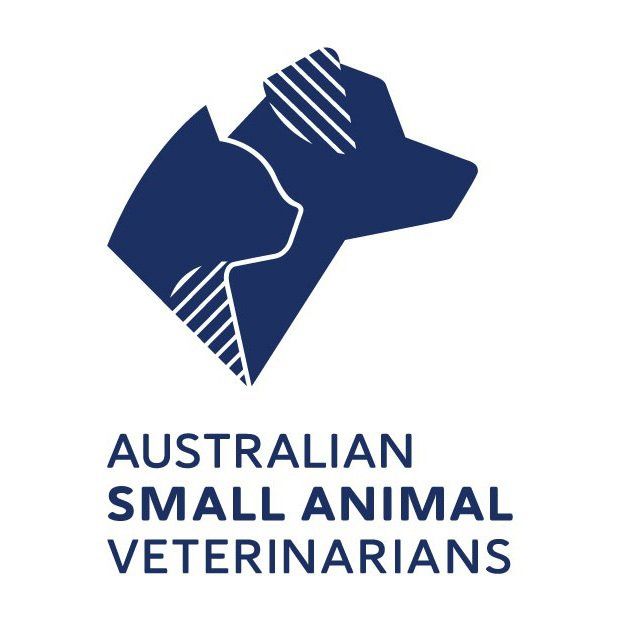Once a horse becomes infected it can spread the bacteria to other stock via contaminated water buckets, feed bins, gear, halters and grooming equipment. For this reason, sick horses need to be isolated and have their own gear not shared with other horses.
Horses that have recently been in contact with horses with a confirmed case of strangles should have their body temperature measured twice a day for 7-10 days. A rise in temperature above normal should alert you to the possibility of strangles in your horse.
Antibiotics and anti-inflammatories can be used in these cases under the supervision of your veterinarian. Furthermore, lymph node abscesses can be treated with a warm compress to encourage the maturation of the abscess.
Management practices are important in limiting the spread. Sick horses should be isolated for 4 weeks and not travel during this period. Contaminated stalls and paddocks should be considered infective for 2 months as the bacteria can persist in the environment for a prolonged period of time depending on temperature and humidity. Stalls and floats can be cleaned with disinfectants to reduce the spread of the disease.
Vaccination is helpful. For primary immunisation, horses 3 months of age or older should be given three doses 2 weeks apart. Horses, which have been in contact with infective horses and are not sick and have a normal temperature, can be vaccinated intramuscularly with either a Strangles vaccine or a Strangles/tetanus vaccine.
A booster against strangles should be given annually or prior to competing in shows where exposure to unfamiliar horses is common. Strangles is a notifiable disease in Queensland.









